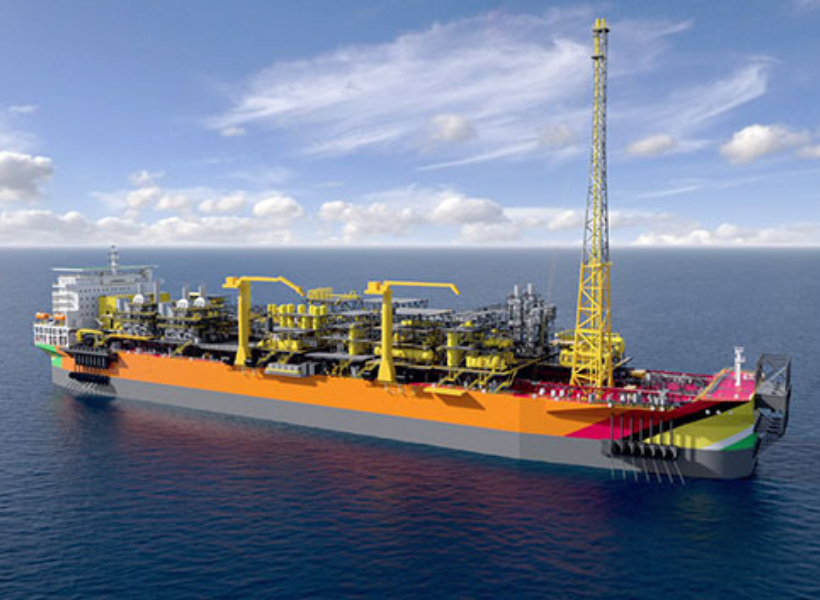Though it may not have all the resources it needs to properly regulate the booming oil and gas sector, the Environmental Protection Agency (EPA) has given all assurances that initiatives are being developed to ensure there is robust monitoring of the sector in the future.
Guyana Standard understands that the EPA’s Legal Department is developing guidelines for remote inspections, cradle to grave waste management, and flaring. The Legal Unit also continues to work closely with stakeholders toward the review of legislation including but not limited to: solid waste management; hazardous waste management; radiation safety; and the principal Act and Regulations of the EPA.
As the Legal Unit continues its efforts on crucial legislative and policy frameworks that are needed for the oil sector, it has already made moves to ensure the Liza Phase One operations are operating under stricter provisions. In this regard, it recalled that modifications for the Environmental Permit for the Liza 1 Development Project, Offshore Guyana were successfully finalized to include specific regulatory requirements for flaring of associated gas offshore Guyana.
Due to technical issues on the Liza Destiny, Esso Exploration and Production Guyana Limited (EEPGL) resumed flaring offshore Guyana, following intermittent periods of flaring since December 2019. Before its modification, the EPA noted that the permit prohibited ‘Routine Flaring’; however, process upsets, equipment failures, and maintenance events are not considered ‘Routine Flaring’ in the oil and gas industry. Such events were not specifically addressed or regulated in any way by the original Permit.
Further, the original permit only required EEPGL to notify the EPA for flaring sustaining a volume of at least 10 MMCFD (million cubic feet per day) and lasting at least five days. However, the modified Permit now includes specific timelines for detailed instances of flaring, and notification and approval processes, during which the company must justify its reason(s) for flaring and the EPA reserves the right to reject this request if unjustified.
It also includes an obligation on the company to pay for the emission of carbon dioxide equivalent (CO2e) as a result of flaring in excess of these timelines. The aforementioned payment shall be paid to the EPA and calculated at the rate of US$30 per tonne of CO2e.









